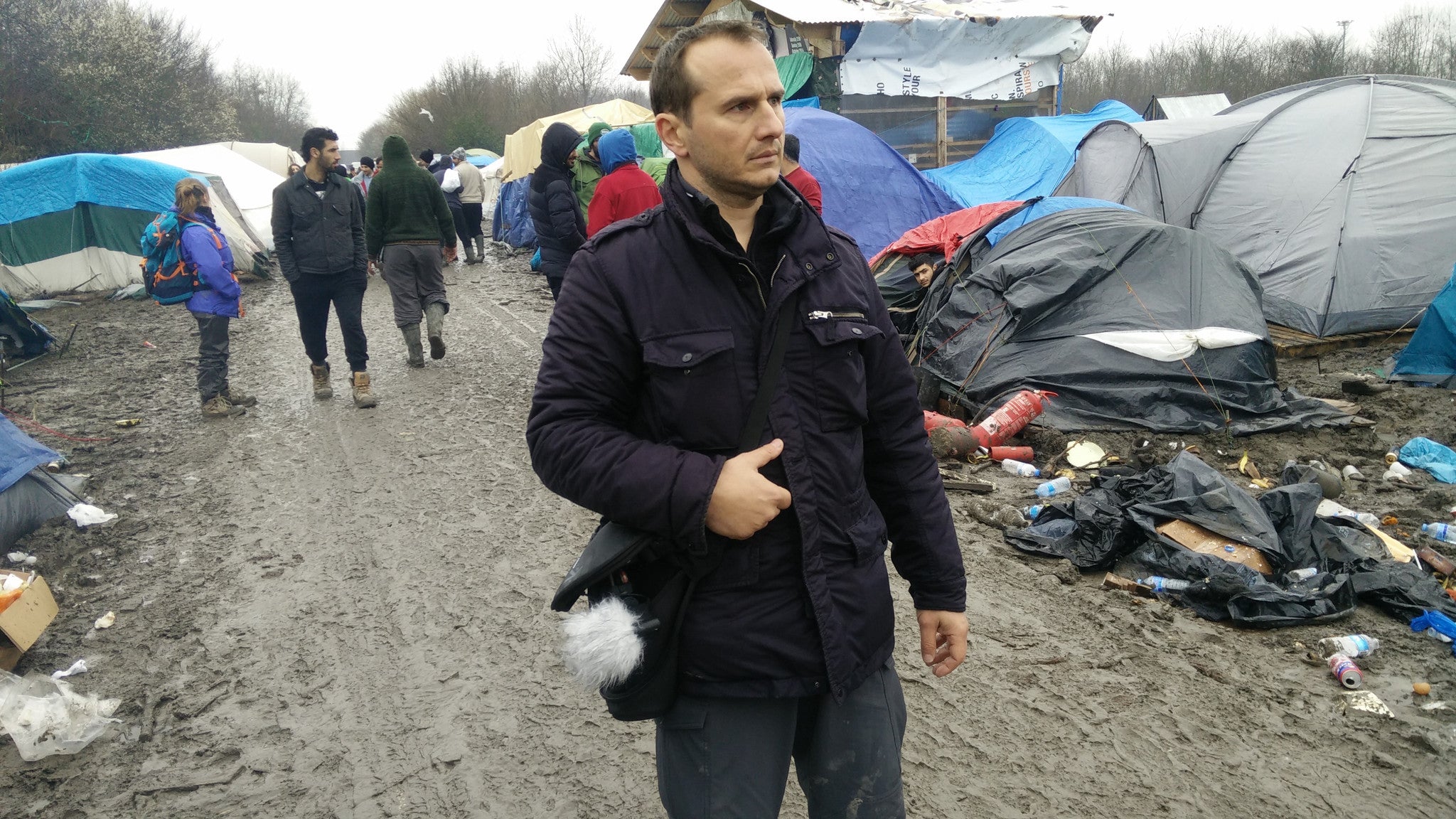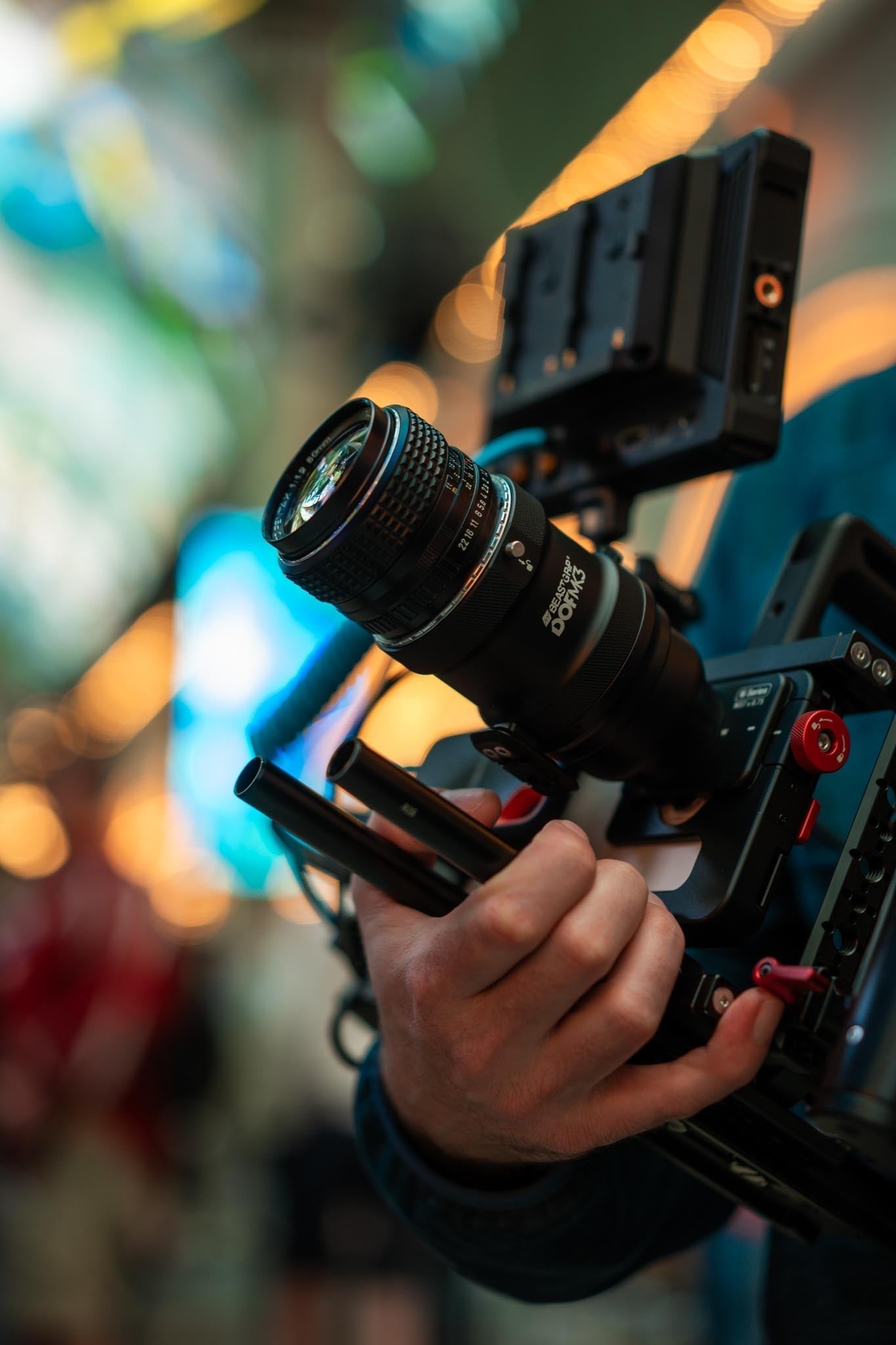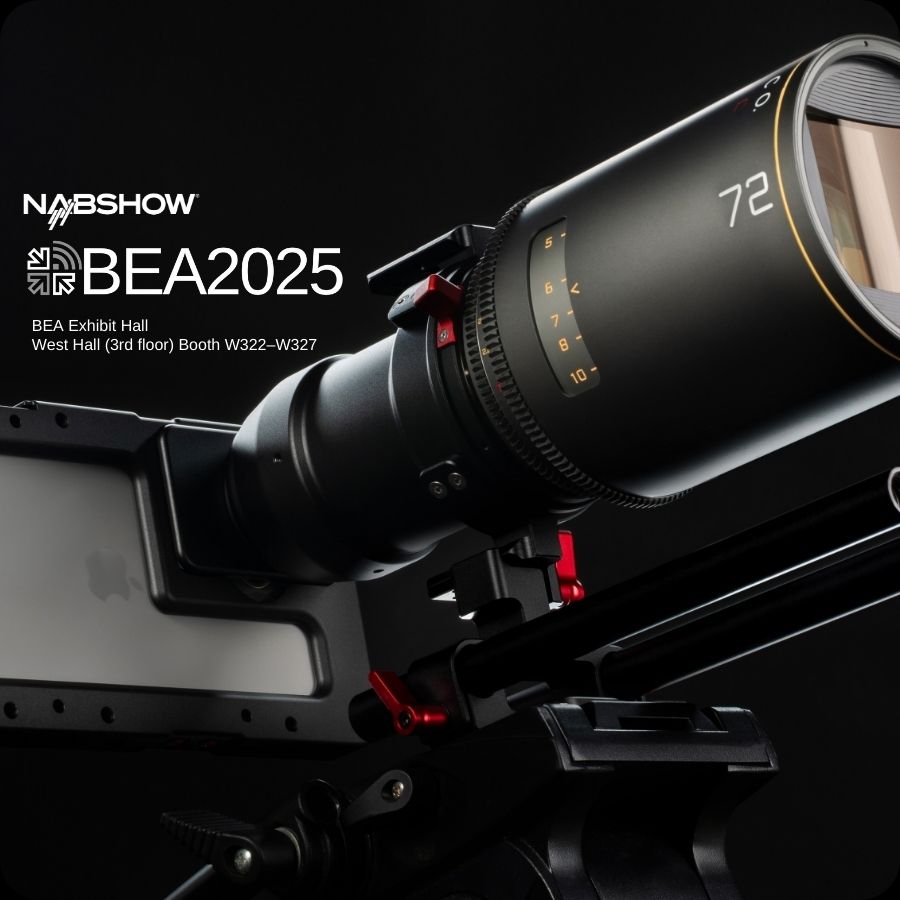“The best camera is the one you have when you really need it." – Nico Piro
----
Nico Piro is one of the most influential journalists of our generation. Winning a handful of awards for his extensive work in war zones and catastrophes, he is currently a pivotal part of the Italian news giant Rai and has been a renowned reporter for nearly twenty years. Early on in his career, he began to develop his skills behind the camera, ensuring that with or without a crew behind him, he can always produce high quality coverage in any environment.
Since then, he has continued to shoot independently to capture his own distinctive point-of-of-view when he is on the field. Not long ago, he went as far as to write, film, edit and produce a full-length documentary covering the Ebola outbreak in Sierra Leone Africa. As one of our 1,752 backers on Kickstarter, and an avid supporter of phoneography, we’re pleased to share his thoughts on smartphone videography/photography, journalism and the crisis going on in Dunkirk, France.
His short film from the trip "@the End of Europe"
Why did you choose to use a smartphone [instead of a DSLR/professional camera] for your project?
Although I honestly don’t think a smartphone can replace a professional camera – because of the sheer quality and available settings that a professional camera offers in comparison [to smartphones] – I’d say 90% of all the photos and videos published online are from a smartphone. If you look at the news, most of the so-called “citizen journalists” rely on their smartphone, which often leads to a vast audience having the incredible insight of seeing what is going on at big events, which are already being covered by the biggest news outlets. To me, mojo, or mobile journalism, leads to a very important principle that I‘ve always remembered: the best camera is the one you have when you really need it. If you put it this way, a smartphone is unbeatable – though I still believe that you have to “dress” it with proper add-ons [accessories] to make it an effective tool for reporters."
What gear do you use?
I’m using a Beastgrip Pro, iPhone 6 and an external shotgun mic and - when needed - an LED light. I also use FiLMiC Pro, but sometimes when speed is more important than quality filming, I’ll just use the native camera app.

At the living quarters
How was your experience using a smartphone? How did it compare to a DSLR?
The greatest things about using a smartphone in news coverage is that it helps you keep a low profile, which is absolutely necessary - not just in risky environments - but also when you are covering human interest stories. Since it’s extremely easy to carry and use, this is a huge plus for using it professionally. When you’re out on the field and are doing your primary work as a journalist/reporter/producer, you can’t manage and handle a heavy and technically complex piece of equipment. Plus, it helps you share, deliver and distribute your products in real time. The main con [of using a smartphone to shoot] is the short battery life - which can make your life very difficult - and the internal memory space, which is not easily manageable or expandable.
I’m very used to working with multiple pieces of equipment, from my first MiniDV handheld camera (which was crucial during a night ambush in Afghanistan, because of its IR [infrared/night vision] capabilities – which beat my cameraman’s professional equipment) to the GoPro, which I like to use when I go out with a cameraman because it is very versatile and allows you to take pictures (i.e. in and outside a car or as your own subjective view) that you can’t film with a traditional camera. I started using my Beastgrip Pro and iPhone 6 combo in December, during the Spanish national election. I was with a cameraman in Spain, but I kept my phone with the rig and a wide-angle lens with me the whole time. It helped me tremendously when I could enter private areas during the election night at one of the main party’s headquarter, without being “noticed” as a journalist by the security guy. It also helped when a political leader came out of a polling station and my cameraman was trapped in the press crowd following him [the politician]. I was outside and I could film him being welcomed by the people. Another important time it was useful was at midnight when two major party leaders were supposed to meet their supporters and address the crowds with the results of the election. My camera guy was able to cover one guy in one location, and I was able to cover another in Madrid.

At the dining area
Where did the refugee camp we see in the pictures take place? Can you provide a short history of what’s going on there?
That’s the camp for Grande Synthe refugees, which is close to Dunkirk on the Atlantic coast, North of France and about 40km northeast of the old-Calais camp (aka “the jungle”), the original camp in Grand Synthe. Thousands of refugees and migrants are stuck in the area, trying to reach the United Kingdom by crossing the Channel, which is practically impossible. In the last month, security has stepped up dramatically, so you can’t simply hide yourself in a truck or jump the ferry terminal fence to get through. The living conditions are terrible in both, but in Grande Synthe they are beyond any imagination. It is a disgrace! I was there with my cameraman - who did a great job recording - but it wasn’t easy to shoot with the awful “terrain” and fed up refugees, who have seen more than their fair share of press already. There was a huge personal effort on my end to create a climate of empathy, in order to interview and film people that were living there. With my smartphone kit, I could go around in the camp unnoticed, because there wasn’t a big camera on my shoulder. I was able to take closer shots of people, families and children, because approaching them was more natural than what you can do when you clearly stand out as a camera crew. We also doubled the production effort in certain situations by splitting up in the camp for a few hours, taking pictures of the same scene from multiple angles.

How did you get started into photography/film/journalism?
I started working as photographer for an American football team in my hometown in Salerno, Italy. I was 16; and from there it was a natural step to jump into the news. I started working as reporter after high school when I was eighteen years old. Shortly after, I traded in my camera for a notebook, and when I was on-the-air at Rai I felt that it was time for me to get back in the “business” as a photographer/videographer. Even though there was always a cameraman/crew with me, I bought a small camera to keep with me when I had an assignment on the field. I started with a basic, handheld MiniDV camera and then I followed the technological evolution, year by year, leading me to the smartphone rig that I use now. Last year, I conducted a month-long field assignment in Sierra Leone, where I shot [on a mirrorless DSLR camera], produced, wrote and then edited a full-length documentary about the Ebola outbreak (for official page in Italian click here)- it was an independent production that I finished on my own during a break that I had. Now that I’ve used multiple different cameras and setups, I’m excited to continue following the technological evolution.
---
In the next few weeks Nico will be holding a class at the Rome Press Club (Associazione Stampa Romana) about phoneography and using smartphones for news coverage. For more information, please send an email to segretaria@stamparomana.it - but hurry, seats are filling up fast! To stay up-to-date with Nico Piro, visit his blog, and follow him on Facebook and Vimeo.
-----
Follow and tag us on Instagram (@beastgrip_pro), Facebook, Twitter, Periscope and join our newsletter for more phoneography news, tips and tricks and join the #phoneography movement!






Share:
Interview With Independent Filmmaker Matthew A. Cherry
Must See Skateboarding Video Shot on a Beastgrip Pro